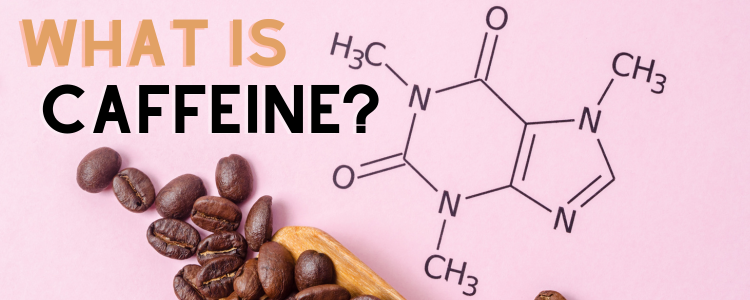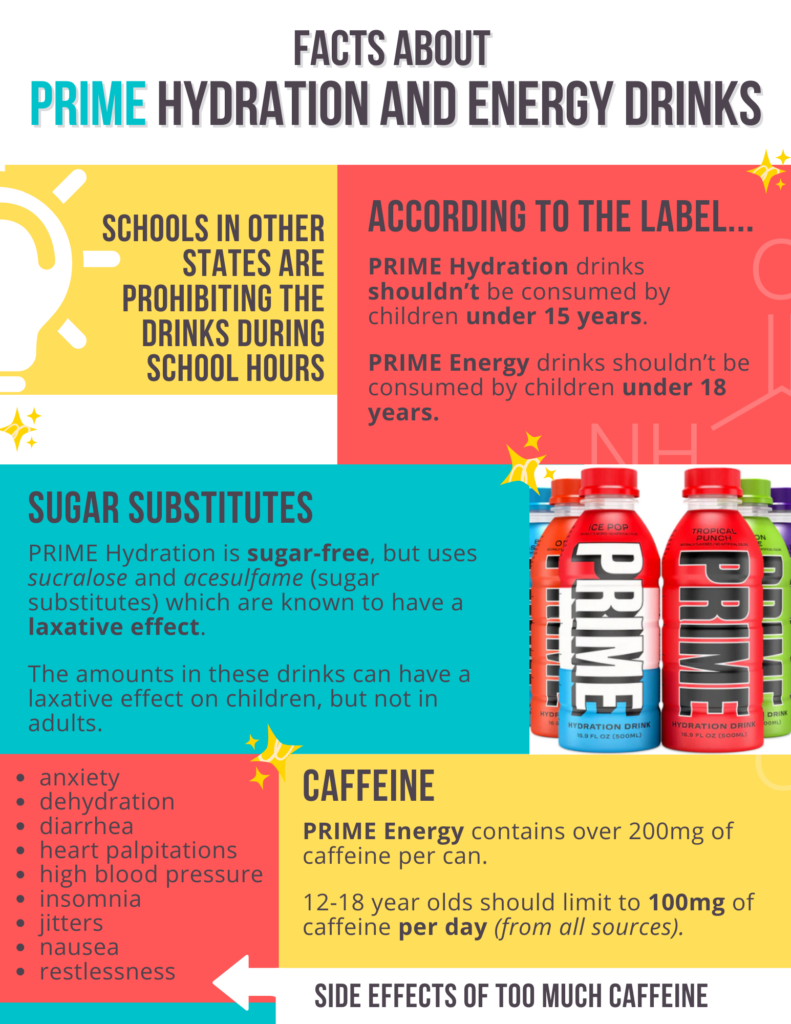Caffeine: Boost or Bust for Our Kids?
go.ncsu.edu/readext?972638
en Español / em Português
El inglés es el idioma de control de esta página. En la medida en que haya algún conflicto entre la traducción al inglés y la traducción, el inglés prevalece.
Al hacer clic en el enlace de traducción se activa un servicio de traducción gratuito para convertir la página al español. Al igual que con cualquier traducción por Internet, la conversión no es sensible al contexto y puede que no traduzca el texto en su significado original. NC State Extension no garantiza la exactitud del texto traducido. Por favor, tenga en cuenta que algunas aplicaciones y/o servicios pueden no funcionar como se espera cuando se traducen.
Português
Inglês é o idioma de controle desta página. Na medida que haja algum conflito entre o texto original em Inglês e a tradução, o Inglês prevalece.
Ao clicar no link de tradução, um serviço gratuito de tradução será ativado para converter a página para o Português. Como em qualquer tradução pela internet, a conversão não é sensivel ao contexto e pode não ocorrer a tradução para o significado orginal. O serviço de Extensão da Carolina do Norte (NC State Extension) não garante a exatidão do texto traduzido. Por favor, observe que algumas funções ou serviços podem não funcionar como esperado após a tradução.
English
English is the controlling language of this page. To the extent there is any conflict between the English text and the translation, English controls.
Clicking on the translation link activates a free translation service to convert the page to Spanish. As with any Internet translation, the conversion is not context-sensitive and may not translate the text to its original meaning. NC State Extension does not guarantee the accuracy of the translated text. Please note that some applications and/or services may not function as expected when translated.
Collapse ▲ Caffeine is a compound found naturally in some plants and added to food, drinks, and supplements, and it works by stimulating the brain. It is considered to be in the psychostimulant group of substances, which is any substance with mood-enhancing and stimulant properties. They increase activity in the body’s nervous system. Substances such as cocaine, methamphetamines, epinephrine, nicotine, and many ADHD medications, known as amphetamines, also fall into this category.
Caffeine is a compound found naturally in some plants and added to food, drinks, and supplements, and it works by stimulating the brain. It is considered to be in the psychostimulant group of substances, which is any substance with mood-enhancing and stimulant properties. They increase activity in the body’s nervous system. Substances such as cocaine, methamphetamines, epinephrine, nicotine, and many ADHD medications, known as amphetamines, also fall into this category.
For about 85% of adults, caffeine gets us up and moving (and keeps us moving) through the day. We don’t think much about consuming several cups of coffee or a Red Bull now and then. Many studies have been performed to examine the safest levels of daily caffeine consumption for adults, but what about youth? From my experience in the schools, youth are consuming increasing amounts of caffeine and think nothing about it. Most of the caffeinated beverages they are chugging are also packed full of sugar. The two of these together make a dangerous combination.
Sodas are no longer an issue – it’s energy drinks. There’s a new one in particular that is being marketed to the younger demographic through social media, Logan Paul x KSI’s PRIME Hydration Drink. With flavors matching popular popsicles and fruits and having the caffeine equivalent to six cans of Coca-Cola or two Red Bulls, these popular drinks are starting to draw the attention of parents, school officials, and doctors.
Check out why the FDA has been asked to investigate PRIME energy drinks





